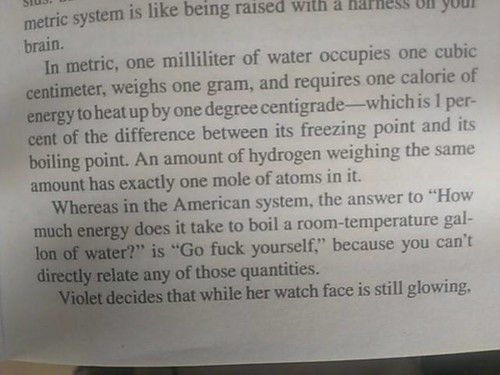Είναι αυτονόητο ότι αυτές οι δύο μονάδες μέτρησης εμβαδού δεν είναι ταυτόσημες. Δυστυχώς, όμως, για πολλούς μεταφραστές φαίνεται ότι είναι.
Βλέπω, π.χ. ειδήσεις στη ΝΕΤ για μια μεγάλη πυρκαγιά στην Καλιφόρνια. Λέει, λοιπόν, ότι η φωτιά έχει εξαπλωθεί σε έκταση 15.000 acres και ο μεταφραστής γράφει στον υπότιτλο 15.000 εκτάρια.
acre = στα Ελληνικά λέγεται ακρ.
Ισούται με περίπου 4 στρέμματα (4.000 τετραγωνικά μέτρα).
hectare = εκτάριο.
Ισούται με 10 στρέμματα (10.000 τετραγωνικά μέτρα).
Αν δεν θέλουμε, λοιπόν, να γράψουμε "15.000 ακρ" στον υπότιτλο γιατί μας φαίνεται πολύ εξωτικό για τους τηλεθεατές μας, γράφουμε 15.000 επί 4 = 60.000 στρέμματα.
Η δήθεν απλοποίηση δια της διαστρέβλωσης μπορεί να περνάει απαρατήρητη από τους περισσότερους θεατές, αλλά όχι από όλους. Τυχαίνει κάποιοι να ξέρουν και Μαθηματικά και Φυσική και να τρώνε σουβλιά στο μάτι όταν βλέπουν να εξισώνονται δυο πράγματα που δεν είναι ούτε κατά προσέγγιση ίσα.
Βλέπω, π.χ. ειδήσεις στη ΝΕΤ για μια μεγάλη πυρκαγιά στην Καλιφόρνια. Λέει, λοιπόν, ότι η φωτιά έχει εξαπλωθεί σε έκταση 15.000 acres και ο μεταφραστής γράφει στον υπότιτλο 15.000 εκτάρια.
acre = στα Ελληνικά λέγεται ακρ.
Ισούται με περίπου 4 στρέμματα (4.000 τετραγωνικά μέτρα).
hectare = εκτάριο.
Ισούται με 10 στρέμματα (10.000 τετραγωνικά μέτρα).
Αν δεν θέλουμε, λοιπόν, να γράψουμε "15.000 ακρ" στον υπότιτλο γιατί μας φαίνεται πολύ εξωτικό για τους τηλεθεατές μας, γράφουμε 15.000 επί 4 = 60.000 στρέμματα.
Η δήθεν απλοποίηση δια της διαστρέβλωσης μπορεί να περνάει απαρατήρητη από τους περισσότερους θεατές, αλλά όχι από όλους. Τυχαίνει κάποιοι να ξέρουν και Μαθηματικά και Φυσική και να τρώνε σουβλιά στο μάτι όταν βλέπουν να εξισώνονται δυο πράγματα που δεν είναι ούτε κατά προσέγγιση ίσα.





